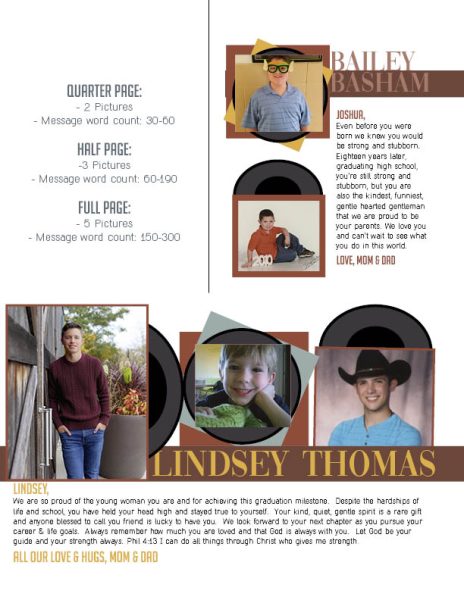Ice Ice Baby
January 14, 2016
Sliding off the side of the road due to ice and snow can be scary and dangerous to you and other passengers in the car, but what can we do to prevent this from happening? I have the answers for you.
With the first snow fall of 2016 occurring this week, many students and staff wonder what to do and what not to do if you get stranded on the side of the road, start sliding off the road because of ice, and what to pack in case you break down in the cold weather. On average, there are over 200,000 crashes each year due to ice and snow in the United States, according to mmolaw.net (Mainetti, Mainetti and O’Connor personal injury attorneys).
According to icyroadsafety.com, in the state of Kentucky there is a moderate risk that someone could be involved in a fatal icy road crash. More than 1,300 people are killed and more than 116,800 people suffer personal injury in motor vehicle accidents that occur on snowy, slushy or icy pavement annually in the US. Almost 900 people are killed and nearly 76,000 people are injured each year in motor vehicle crashes during snowfall or sleet.
It would be a smart idea to get your vehicle checked out by a mechanic, to make sure everything is running sound, tires are good to drive in the snow and the fluids in your vehicle are good. Having heat in your vehicle is important to keep you warm while driving and waiting to get into school on the cold winter mornings in Bullitt County.
If you ever get stranded on the side of the road because your car broke down, there are five important things you must do to ensure your safety:
- If possible, pull over to a safe place like a parking lot or emergency lane
- Stay in your car
- Call for help, examples: parent, family, friend, tow truck, or insurance company like AAA
- Run the engine occasionally for warmth
- Turn your emergency flashers on to warn the other drivers that you have broken down
If you ever start to slid off the road, never slam on the brakes! If you slam on your brakes, it would just make your car slid even more. So tap (pump) on the brakes during a slid so you don’t go off the side of the road.
Driving in the winter is dangerous and when the temperatures drop, students and staff need to know what is right and wrong when driving to school, work, and home.
Remember to:
- Avoid driving while you’re fatigued. Getting the proper amount of rest before taking on winter weather tasks reduces driving risks.
- Never warm up a vehicle in an enclosed area, such as a garage because you will get Carbon Monoxide Poisoning.
- Make certain your tires are properly inflated.
- Never mix radial tires with other tire types.
- Keep your gas tank at least half full to avoid gas line freeze-up.
- If possible, avoid using your parking brake in cold, rainy and snowy weather.
- Avoid using cruise control when driving on any slippery surface (wet, ice, sand).
- Always look and steer where you want to go.
- Use your seatbelt every time you get into your vehicle.
Do not get out of your car when you break down in the snow unless you are in serious danger, need to help another driver or help shows up.
It is smart to pack an emergency kit and place it in your trunk. You should have gloves, a blanket, high protein snacks, bottled water, an ice scraper, first aid kit, flashlight with batteries, jumper cables, cat litter (used to help get traction if you get stuck in the snow by placing the cat litter in front of your tires) and handwarmers in case your car runs out of gas or your heat stops working.
So as you head out to school, work, or home, remember to pay close attention to the road, drive with both hands on the steering wheel, pack an emergency kit, and don’t panic if your vehicle breaks down. Stay safe this winter season, Charger Nation!













